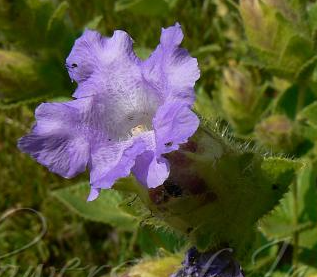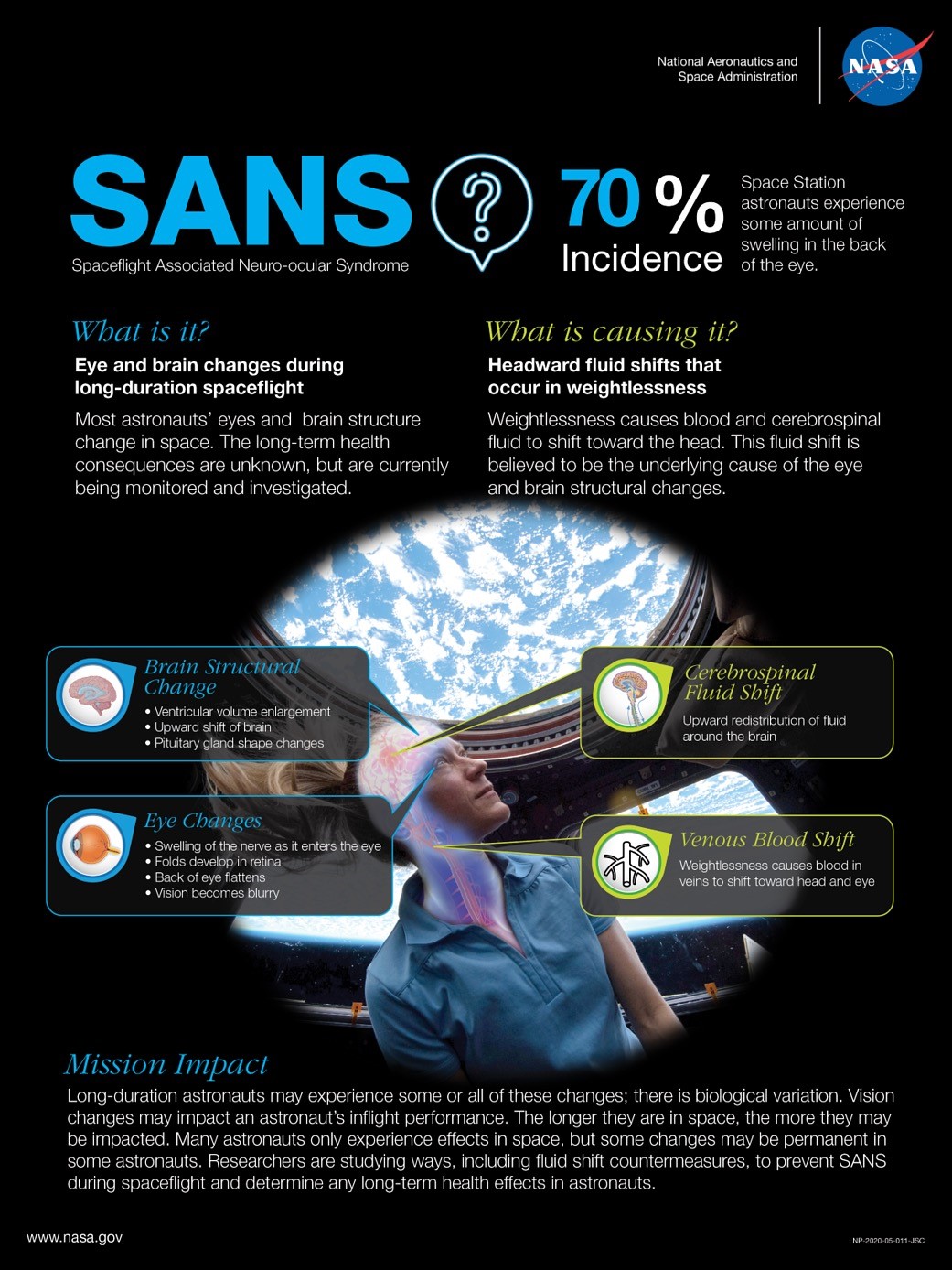Mettukurinji
The rare Mettukurinji flowers have blossomed over the hills of Idukki.
- Mettukurinji is a small purple flowering shrub.
- Taxonomy
- Scientific name - Strobilanthes sessilis
- Family – Acanthaceae
- Nativity – It endemic to Western Ghats.
- Growing conditions – Their delicate flowers are sensitive to rainfall, heat and synchronisation with the lifecycle of mutualists such as pollinators.
- Blooming season – It starts in August and ends in November.
- Monocarpy – They flower only once in their life time and then die.
Leaves of this species are toxic and unfit for human consumption.
- Threat – Climate change, frequent landslides, floods and unsustainable tourism.
- Conservation - Kurinjimala Sanctuary protects the core habitat of the plant in Kerala and the Eravikulam National Park in Kerala is known for widespread blooming of the kurinji plants.
- Importance – It is a flagship species of the montane ecosystem.
- They have anti-inflammatory properties and has a biologically significant flavouring agent ‘endo fenchyl acetate’.
|
|
Neelakurinji
|
Mettukurinji
(Topli karvy)
|
|
|

|

|
|
Botanical
Name
|
Strobilanthes kunthiana
|
Strobilanthes sessilis
|
|
Blooming Cycle
|
14 years once
|
7 years once
|
|
Blooming Type
|
Individual Blooming
|
Mass blooming known as “ Masting”
|
|
Location
|
shola grasslands of southern Western Ghats at an elevation of 1000 m
|
Steepest cliffs and plateaus of periphery of the northern side of the Western Ghats at 800 metres above sea level
|
|
Physical features
|
Presence of Leaf stalks
|
Absence of leaf stalks
|
|
Flower Arrangement
|
Flowers are attached distant from stem
|
Flowers are closely attached to the stem with long hairs between the leaf base and stem
|
|
IUCN Status
|
Vulnerable
|
Not listed
|
|
Wild life protection act,1972
|
Schedule III
|
Schedule III
|
Reference
Down To Earth| Mettukurinji of Western Ghats
Good Maharaja Memorial
Recently, the Prime Minister paid tribute at the memorials of Jam Saheb of Nawanagar, also known as the Good Maharaja.
- Good Maharaja Memorial- The memorial honours Jam Saheb Digvijaysinhji Ranjitsinhji Jadeja, known as the "Good Maharaja."
- Location- Warsaw, Poland.
- Memorial Details- The memorial is a small brick pillar with inscriptions, was unveiled in October 2014 at the Square of the Good Maharaja, in the Ochota district of Warsaw.
|
Jam Saheb Digvijaysinhji Ranjitsinhji Jadeja
|
- He was the Maharaja of Nawanagar, a princely state in present-day Gujarat, India.
- Born- September, 1895
- Historical Significance- During World War II, he sheltered over 1,000 Polish children fleeing Nazi-occupied Poland and Soviet camps.
- Polish Schools Named After Jamsaheb- Eight Polish primary and secondary schools are named after Jamsaheb, acknowledging his generosity and kindness.
- Association of Surviving Polish Children- The Polish children sheltered by the Jamsaheb formed an Association of Poles, meeting annually in a major Polish city.
- Role in India independence- He was a strong supporter of India's independence and played a key role in the Constituent Assembly, representing the princely states.
|
|
Other memorial visits by PM
|
|
Memorial
|
Description
|
|
Valivade-Kolhapur Camp Memorial
|
- It is dedicated to the generosity of the princely state of Kolhapur, which provided shelter to around 5,000 Polish refugees during World War II.
|
|
Monument to the Battle of Monte Cassino
|
- This commemorates the sacrifice of soldiers from Poland, India, and other countries who fought together during the Battle of Monte Cassino in Italy during World War II.
|
- Significance of the Memorials- The memorials highlight India's humanitarian contributions during World War II, with Jam Saheb and the Kolhapur Royal Family playing key roles in providing refuge to Polish citizens displaced by the war.
Reference
Indian Express | Good Maharaja Square
Global Finance Central Banker Report Cards 2024
Recently, the RBI Governor Shaktikanta Das has been ranked as the top central banker globally for the second consecutive year by US-based Global Finance magazine.
Central Banker Report Cards
|
Aspect
|
Details
|
|
Purpose
|
To honour central bank governors whose strategies outperformed their peers through originality, creativity, and tenacity.
|
|
Publisher
|
Global Finance
|
|
Scope
|
Central bank governors of close to 100 countries, territories, and districts
|
|
Report frequency
|
Annually
|
|
First published
|
1994
|
|
Grading scale
|
A to F
|
|
criteria
|
Success in inflation control, economic growth goals, currency stability, and interest rate management
|
|
Grade interpretation
|
'A' for excellent performance, 'F' for outright failure
|

Global Finance
|
Aspect
|
Details
|
|
Year founded
|
1987
|
|
Awards and recognition
|
Selects top performers among banks and financial service providers; awards are a trusted standard of excellence in the global financial community
|
|
Readership
|
Readers in 193 countries and territories
|
|
Audience
|
Senior corporate and financial officers responsible for investment and strategic decisions at multinational companies and financial institutions
|
|
Headquarters
|
New York
|
References
- PIB | Global Finance Central Banker Report Cards 2024
- Global Finance | Central Banker Report Cards 2024
Spaceflight Associated Neuro-ocular Syndrome (SANS)
Recently, Sunita Williams underwent an eye test while being stranded in space, highlighting the importance of monitoring eye health in such extreme conditions.
|
Aspect
|
Details
|
|
SANS
|
It is a condition observed in astronauts characterized by changes in vision and ocular structures during/after spaceflight.
|
|
Impact of microgravity
|
Prolonged exposure to microgravity affects various body functions, with vision being particularly vulnerable due to fluid shifts.
|
|
Cephalad fluid shift
|
In microgravity, body fluids shift upwards (towards the head) due to the absence of gravity, leading to increased intracranial pressure and effects on the eyes.
|
|
Ocular changes observed
|
- Optic Disc Edema- Swelling of the optic nerve
- Globe Flattening- Flattening of the eyeball
- Choroidal Folds- Wrinkles in the choroid layer
- Cotton Wool Spots- White patches on the retina
- Hyperopic Shift- Shift towards farsightedness.
|
|
Factors contributing to SANS
|
- Increased Intracranial Pressure- Fluid shift increases pressure inside the skull, affecting the optic nerve.
- Altered Fluid Dynamics- Changes in fluid distribution in the eye impact its shape and structure.
- Vascular Changes- Reduced blood flow to the eyes, potentially causing ischemia.
|
|
Long-term vision effects
|
- Vision typically improves post-flight, but some astronauts may experience lasting issues such as blurred vision or difficulty focusing.
- Potential increased risk of glaucoma or cataracts.
|
|
First identified
|
SANS was first recognized in astronauts returning from the International Space Station (ISS) in the early 2000s.
|
|
Primary symptoms
|
- Vision impairment (blurriness, difficulty in focusing)
- Flattening of the eyeball (globe)
- Swelling of the optic nerve (optic disc edema)
|
|
Affected individuals
|
Primarily affects astronauts on long-duration space missions (e.g., those on the ISS for more than 6 months).
|
|
Mitigation strategies
|
- Research on artificial gravity through rotating spacecraft or centrifuges.
- Countermeasures like lower body negative pressure devices and exercise regimens to mimic gravity effects.
- Regular comprehensive eye exams before, during, and after spaceflight.
|
|
Diagnosis
|
- Pre- and post-flight eye exams
- MRI scans
- Optical coherence tomography (OCT)
|

References
- The Indian Express | Spaceflight Associated Neuro-ocular Syndrome
- NASA | SANS
Bharat Zero Emission Trucking (ZET)
The Principal Scientific Adviser (PSA) recently launched the "Bharat Zero Emission Trucking (ZET) Policy Advisory".
- Zero-emission trucks- These are vehicles that produce no tailpipe emissions, contributing significantly to reducing greenhouse gas emissions and improving air quality.
Tailpipe emissions are the release of pollutants into the atmosphere from the end pipe of a car's exhaust system. These emissions are caused by the combustion of fuel, such as gasoline, diesel, or biofuel.
- These trucks are primarily powered by either electric batteries or hydrogen fuel cells, making them an essential part of the transition to sustainable transportation.
- ZETs are crucial for decarbonization and energy security.
- Bharat Zero Emission Trucking policy- It is a dynamic document designed to guide India's transition to zero-emission trucking.
- Aim- It is initiatives and strategies to promote zero-emission trucking as part of the broader goal to reduce carbon emissions in the transportation sector.
- Target- The goal is to reach 100% ZET sales penetration by 2050 to achieve India's Net Zero 2070 target.
- Focus area- The document is dynamic, with 30 policy interventions across five key areas i.e. incentives, regulations, infrastructure, business and financing, and stakeholder-centric initiatives.
- Nodal Agency Responsibility- It links each policy intervention to a nodal agency responsible for its implementation.
- Key Stakeholder- Central Ministries, central and state agencies, Financiers, Private companies, Research Organisation and Labour Union.
- Development and Oversight- The development of the advisory was led by a Policy Advisory Panel (PAP) constituted by the Office of the Principal Scientific Adviser (PSA).
- The drafting was done by a Project Management Unit at the Centre of Excellence for Zero Emission Trucking (CoEZET), IIT Madras, under the guidance of the PAP.
- Strategic Importance- The advisory is expected to play a crucial role in shaping India’s strategy for transitioning to zero-emission trucking, aligning with the country’s broader environmental and energy goals.
References
1. PIB | Bharat Zero Emission Trucking Policy Advisory
2. Economic times | ZET policy

